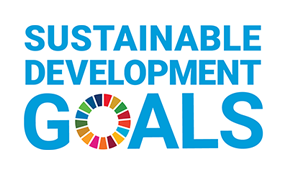At a GlanceReport 2—Greening Government Strategy
Why we did this audit
- This audit is important because climate change is accelerating, and the greenhouse gas emissions generated by federal government operations are contributing to it. In response, the government has stated a desire to be a world leader in this work and has set out a strategy aimed at reducing these emissions. There is a need to ensure that the strategy is effective and that the departments are making progress.
- If federal departments do not carry out their plans with enough strategy and urgency, the Government of Canada will not succeed in reducing its greenhouse gas emissions to net zero by 2050.
Our findings
- We found that the Treasury Board of Canada Secretariat developed the Greening Government Strategy and included valuable elements in it—such as a long-term vision and targets for emission reductions—but that the strategy lacked some details about the government’s plans.
- National Defence and Transport Canada reduced and reported on their emissions, but may have challenges in meeting the 2050 net-zero target.
- National Defence and Transport Canada aligned their greenhouse gas emission reduction plans with the 2017 Greening Government Strategy, reduced their emissions, and reported their results annually.
- National Defence and Transport Canada did not have an approach to manage their emission reduction risks.
Key facts and figures
- We found that only 8 of 27 departments had created emission reduction plans for government-owned real property. However, these plans accounted for 81% of total emissions from departments.
- Based on a Treasury Board of Canada Secretariat study, reaching the 91% reduction by 2050 for facilities will cost approximately $9.0 billion and save $6.2 billion, for a net cost of $2.8 billion.
Our recommendations
- The Treasury Board of Canada Secretariat should collect and report on all Government of Canada sources of greenhouse gas emissions clearly and comprehensively in an annual summary report.
- National Defence and Transport Canada should:
- Continually identify new activities that will contribute significantly to emission reductions and prioritize them based on risk.
- Develop a risk management approach that defines significant risks and corresponding mitigation measures.


We found that the secretariat measured greenhouse gas emissions from some of the key sources of the Government of Canada’s operations, supporting the ability to measure the progress of the Government of Canada in reducing its emissions. This work aligns with United Nations’ Sustainable Development Goal 13 (climate action), in particular indicator 13.2.2. That indicator focuses on integrating climate change measures into national policies, strategies, and planning—in this case, the Greening Government Strategy, and measuring total annual greenhouse gas emissions.
Visit our Sustainable Development page to learn more about sustainable development and the Office of the Auditor General of CanadaOAG.
Related information
| Entities | |
|---|---|
| Completion date | 18 March 2022 |
| Tabling date | 26 April 2022 |
| Related audits |
|